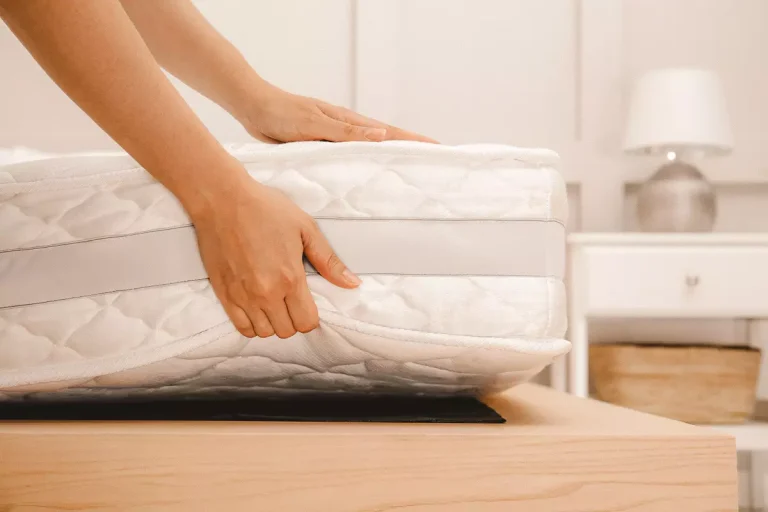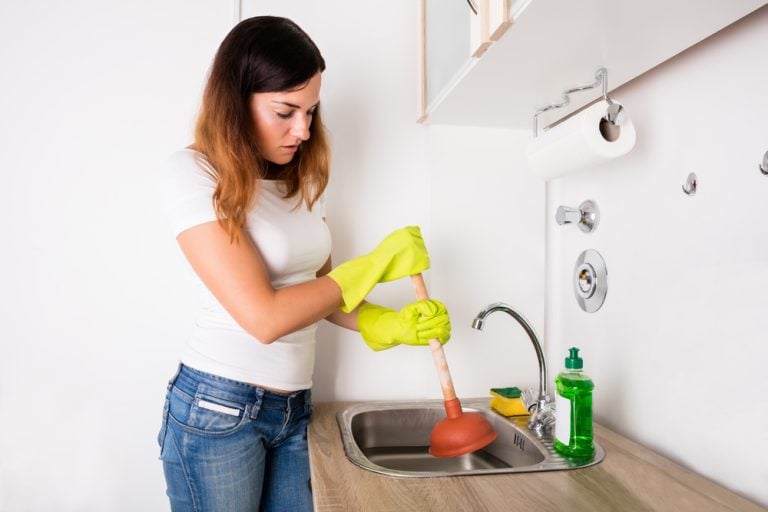How To Tell If The Air Is Fresh In Your Home

Table of Contents
Ensuring that the air in your home is fresh and healthy is crucial for the well-being of everyone in the household. Indoor air quality can be affected by various factors, ranging from humidity levels to the presence of pollutants and allergens. Recognising the signs of poor air quality and knowing how to maintain a fresh environment are essential steps towards a healthier home.
Identifying Signs of Poor Air Quality
The first step in ensuring fresh air at home is recognising the signs of poor air quality. Common indicators include persistent odours, excessive humidity, and the presence of mould or mildew. Dust accumulation and an increase in allergy symptoms among household members can also signal air quality issues.
We spoke with the Airfresh mould removal specialists, who told us that a notable sign of poor indoor air quality is the presence of mould. Mould thrives in damp, humid environments and can release spores into the air, affecting respiratory health. Regularly checking for mould in hidden areas like under sinks, in bathrooms, and around windows is important for maintaining fresh air.
Monitoring Air Quality
Using Air Quality Sensors
Advancements in technology have made it easier to monitor air quality at home. Air quality sensors can detect a range of pollutants, including volatile organic compounds (VOCs), carbon monoxide, and particulate matter. These devices provide real-time data, allowing you to take immediate action if the air quality deteriorates.
Observing Physical Symptoms
Physical symptoms can be a reliable indicator of air quality issues. Headaches, fatigue, dizziness, and respiratory problems can all be exacerbated by poor air quality. Paying attention to these symptoms, especially if they improve when outside the home, can be a clear sign that your indoor air needs attention.
Improving Air Quality
Ventilation and Air Circulation
Improving ventilation is one of the most effective ways to enhance indoor air quality. Opening windows regularly, using exhaust fans in kitchens and bathrooms, and ensuring that heating and cooling systems are well-maintained can significantly improve air circulation and reduce pollutant levels.
Plants and Air Purifiers
Incorporating houseplants can naturally improve air quality, as they absorb carbon dioxide and release oxygen. Additionally, using air purifiers with HEPA filters can effectively remove airborne particles, including allergens and pollutants.
Regular Cleaning
Regular cleaning is vital in maintaining fresh air. Vacuuming carpets, dusting surfaces, and washing bedding and curtains can significantly reduce dust and allergens. It’s also important to address any dampness or leaks promptly to prevent mould growth.
The Role of Humidity Control
Controlling humidity levels is crucial in ensuring fresh air. High humidity can encourage the growth of mould and dust mites, while low humidity can cause respiratory irritation and discomfort. Maintaining humidity levels between 30% and 50% is generally recommended for optimal air quality.
Assessing Professional Air Quality Services
In some cases, professional air quality assessment and remediation services may be necessary. This is particularly true in homes with persistent air quality issues or in situations where health concerns are prevalent. Professional services can identify hidden problems and provide comprehensive solutions.
Embracing a Breath of Fresh Air
In conclusion, maintaining fresh air in your home involves a combination of vigilance, regular maintenance, and the use of appropriate tools and techniques. By staying alert to the signs of poor air quality, employing practical measures to enhance air freshness, and seeking professional help when necessary, you can ensure that the air in your home remains healthy and invigorating for all its inhabitants. Remember, the air we breathe indoors is as vital to our health as the air outside. Let’s embrace the importance of a breath of fresh air in our daily lives.






